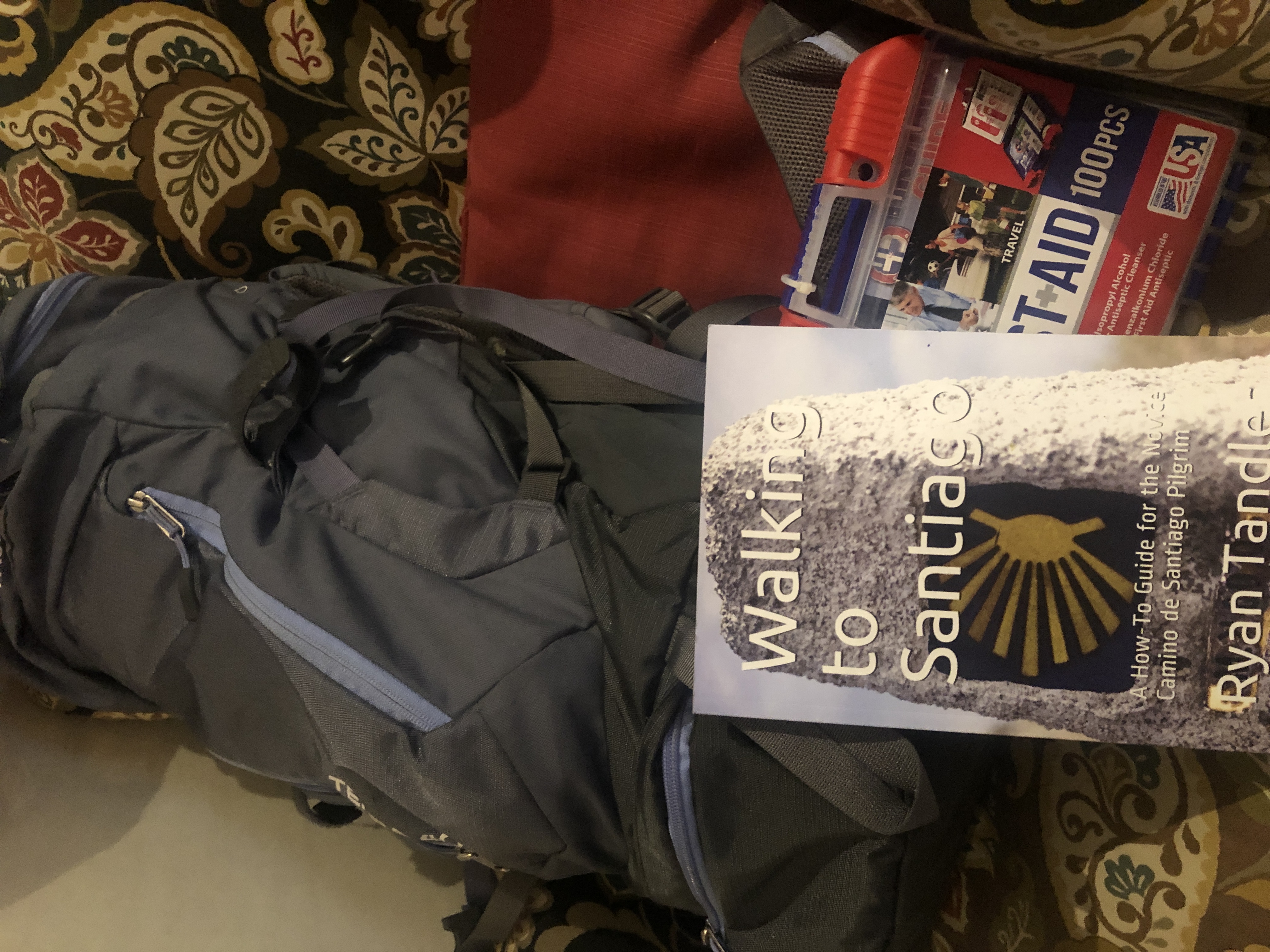Davidson and Gitlitz (2002) articulated that a pilgrimage is “a journey to a special place, in which both the journey and the destination have spiritual significance for the journeyer . . .Pilgrimages to nonreligious sites as well as religious sites share similar characteristics. These characteristics include the desire to fulfill a vow, undergo a rite of passage, experience the educational or emotional benefits of religious or secular tourism, witness a recurring miracle, reaffirm ethnic or religious identity, reenact a religious event, atone for a transgression, comply with an obligation, or be healed (Davidson & Gitlitz, 2002). In addition to accounts of healing through religious pilgrimages, Winkleman and Dubisch noted that nonreligious pilgrimages, among other characteristics, include the “transformative nature of the undertaking, including the transformation from illness to health” (2005, p. xv). Heather Warfield in her doctoral dissertation states that pilgrimages, even secular ones, are defined when “participants separate from ordinary life, the journey is made under conditions of danger and hardship, the rituals along the way pay tribute . . ., there is a sense of liminality . . .and there is a sacred destination.”
These wise academics can talk intellectually about the act of pilgrimage, but only those who embark on it know it truly. Pilgrimage is experiential, not intellectual. One of its hallmarks is danger, uncertainty, pain. It Is through the suffering, both psychic and physical that the pilgrim experiences, that the transformation takes place. The journey more than the destination paradoxically allows the space and time for the soul to find itself, to find its way.
Many times I have struggled to find my way. I have come to a cross in the road. I am tortured about making decisions, even slight decisions as which socks to buy. Can you imagine my agony when making big ones—such as changing careers or zip codes? The agon for those of us who cannot make a decision has to do with the pressure we feel about making a mistake. I have made so many ill-fated decisions in my life, I have come to doubt my own ability in making the right one. As it happens, I have come to a cross in the road. I know that my life must change because I have changed. Or else I am making manifest those things that must align with the internals. The internals must parallel the externals or else I feel a disconnect, a malaise, a dis-ease. What I mean by the internals is the values, the principles, the marks of authenticity that are non-negotiables. When those instincts are not met with the external functions of livelihood or living conditions, the soul suffers.
My other agony is that I am striving to act in accordance with the will of God. Sometimes it is hard to parse my will from His. I do not know the way. So many ways wind in front of me. It is a jungle to make sense of. I have been praying to the Odigitria, the icon of the Virgin that points the way. Somehow the thought alighted on me that I should walk the Camino of Santiago. It is The Way. I have resolved therefore now in this crossroads of my life when I need to find the Way, my way, I will walk the Camino and pray the Jesus Prayer in silence. I walk the Way to find my way. I do believe that the act of walking is a physical meditation. Each step on the journey becomes itself a prayer. Combined with the silent prayer of the heart that is synchorinized with the inhale and exhale, one’s very breath of life, a pilgrimage is soul medication. It aligns the heart, the mind and the body into one pendulum of prayer. The body and soul harmonizes into one rhythm.
Essentially, what I am trying to do on this pilgrimage is make sense of my life’s journey by going on a journey. It is such a valuable psychological tool, not to mention all the other benefits—the social camaraderie of other pilgrims on the same journey, the sense of belonging, the focus of purpose, and the hope for salvation, purification.
I would encourage everyone to go on pilgrimage. You are welcome to join me. I hope to be writing a series of posts about my experience on the WAY.
Davidson, L. K., & Gitlitz, D. M. (2002). Pilgrimage from the Ganges to Graceland: An encyclopedia. Santa Barbara, CA: ABC-CLIO, Inc.
Warfield, Heather. (2012) Quest for Transformation: An Exploration of Pilgrimage in the Counseling Process.Vistas 12: Article 35. www.counseling.org

